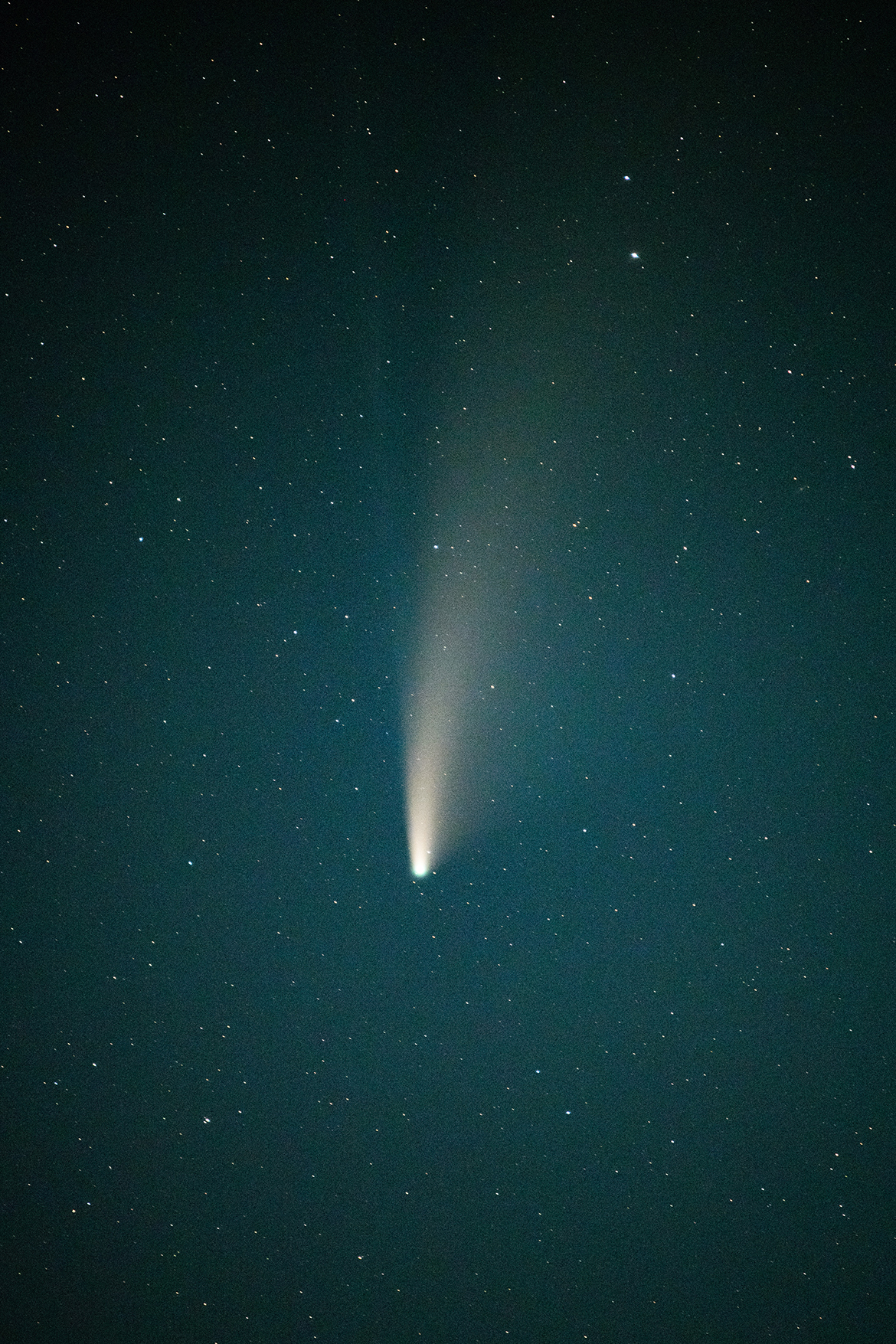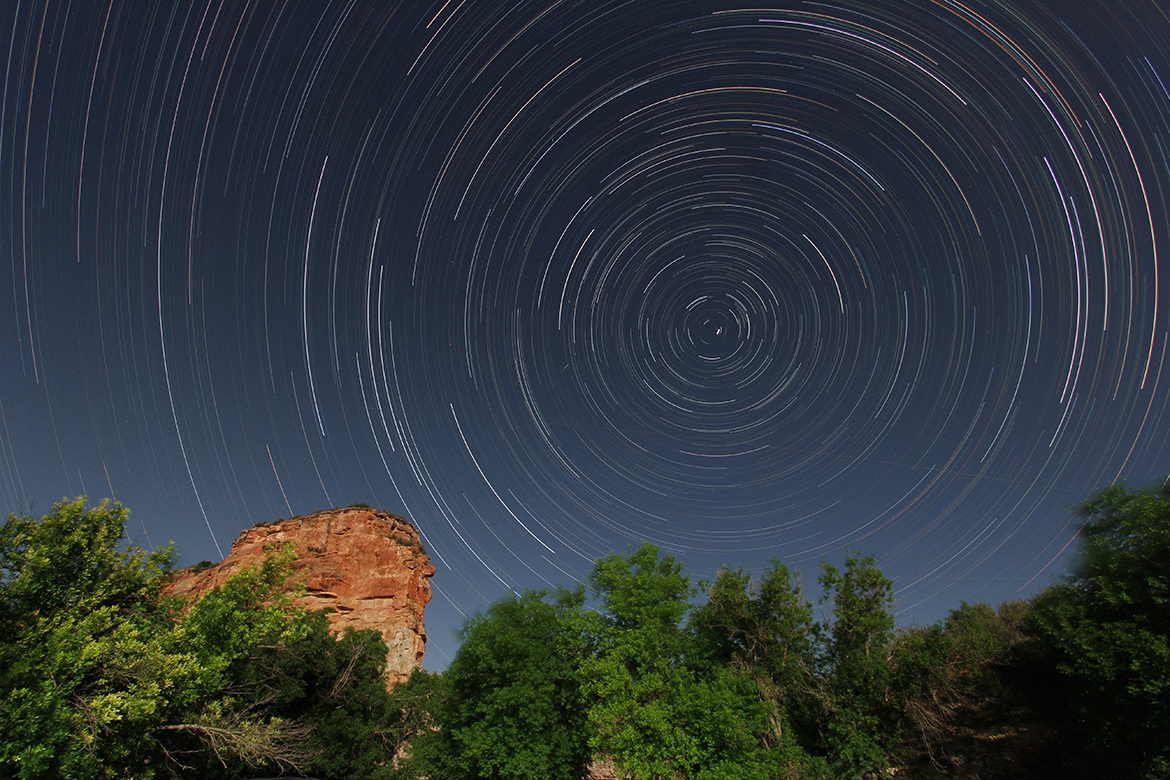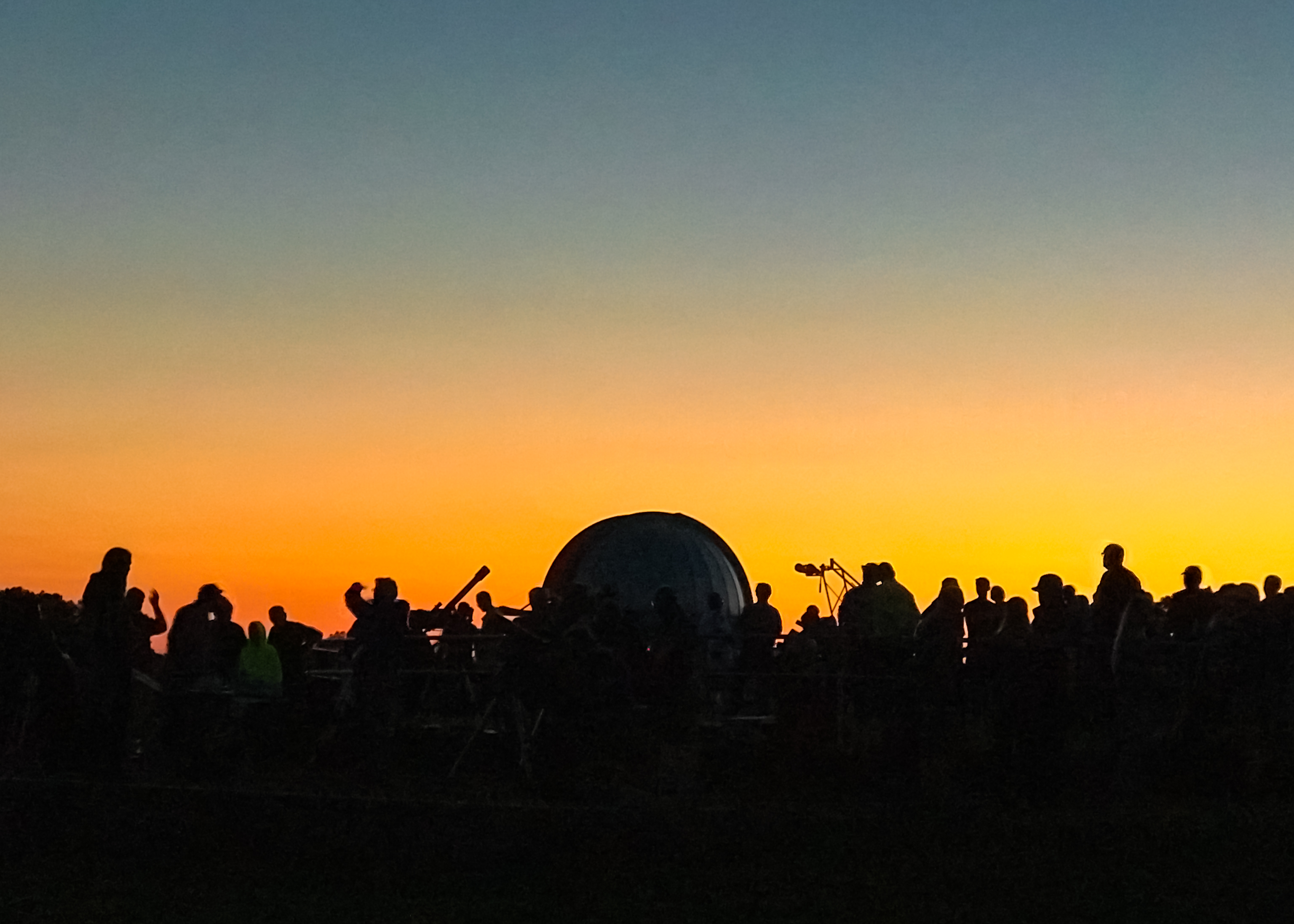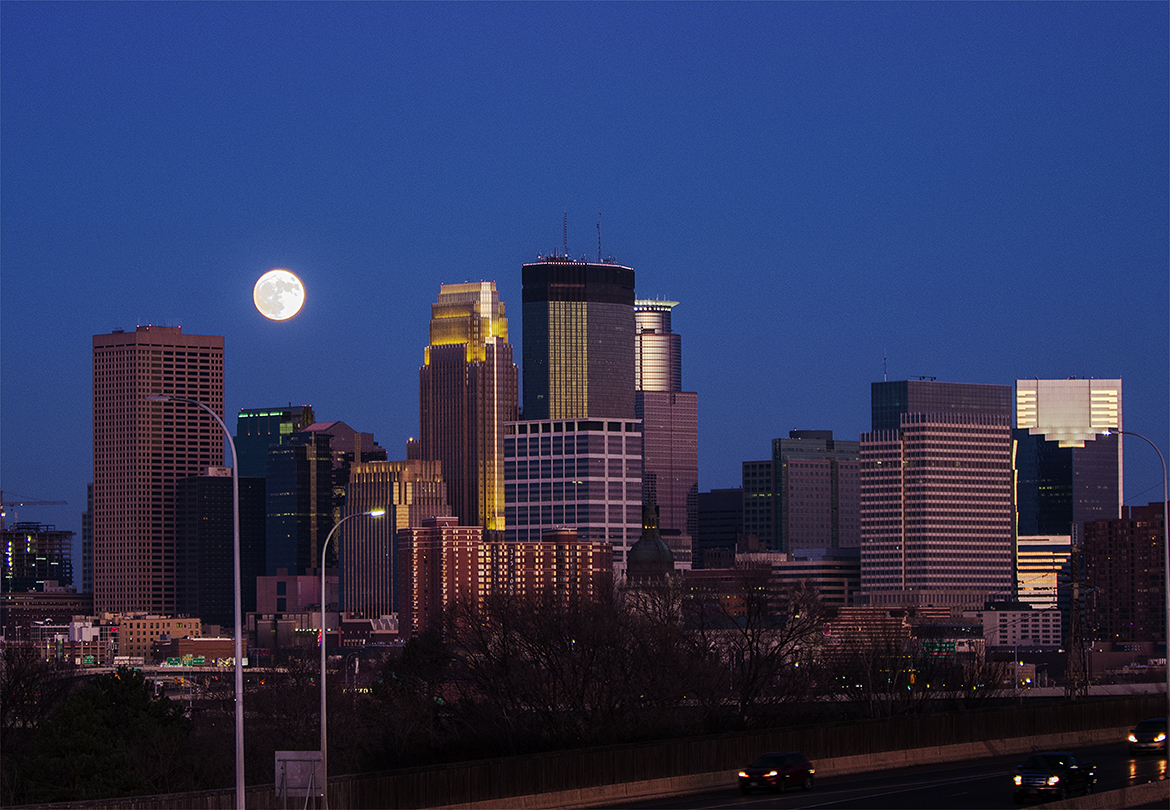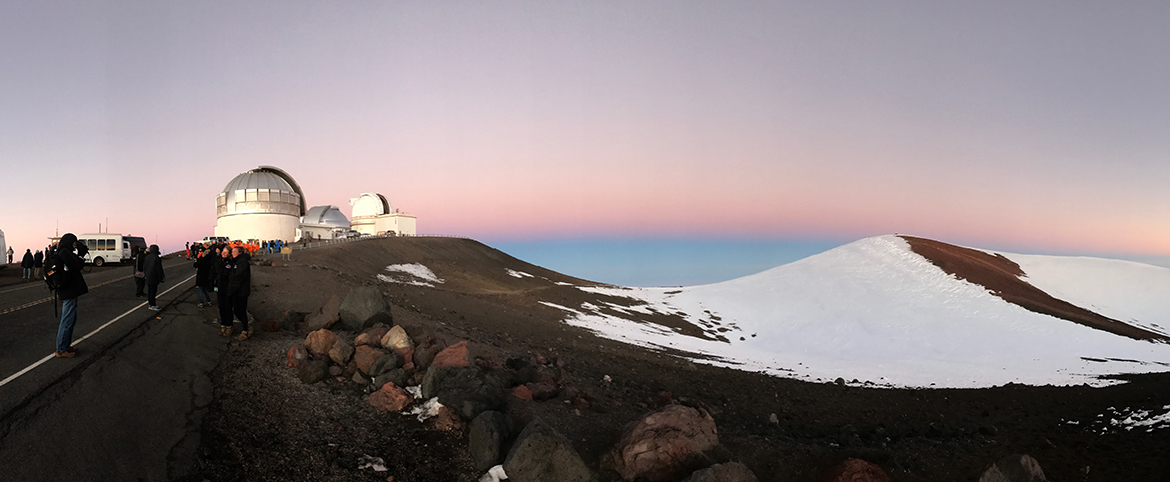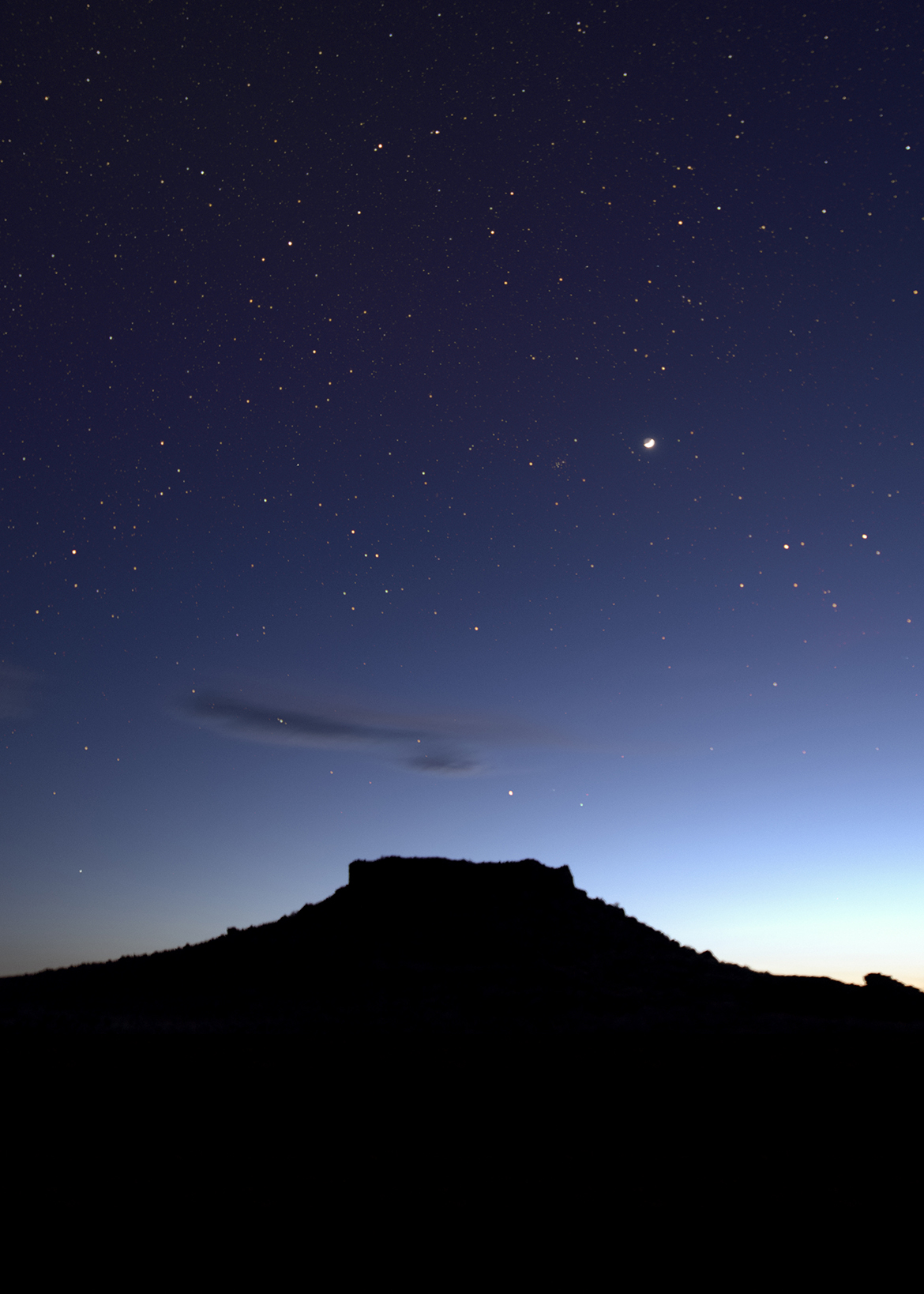
“The Citadel”, one of the structures built by indigenous people who lived here from 500-1200 CE, provides a focus for a nighttime exposure. The Arizona skies are clear except for a cloud condensed by the contrasting air flows over the monument.
15 May 2021
Wupatki National Monument
Flagstaff AZ
Canon EOS 6D with Sigma 14mm f/1.82 sec @ f/2, ISO 3200
previous | nightscapes index | next



